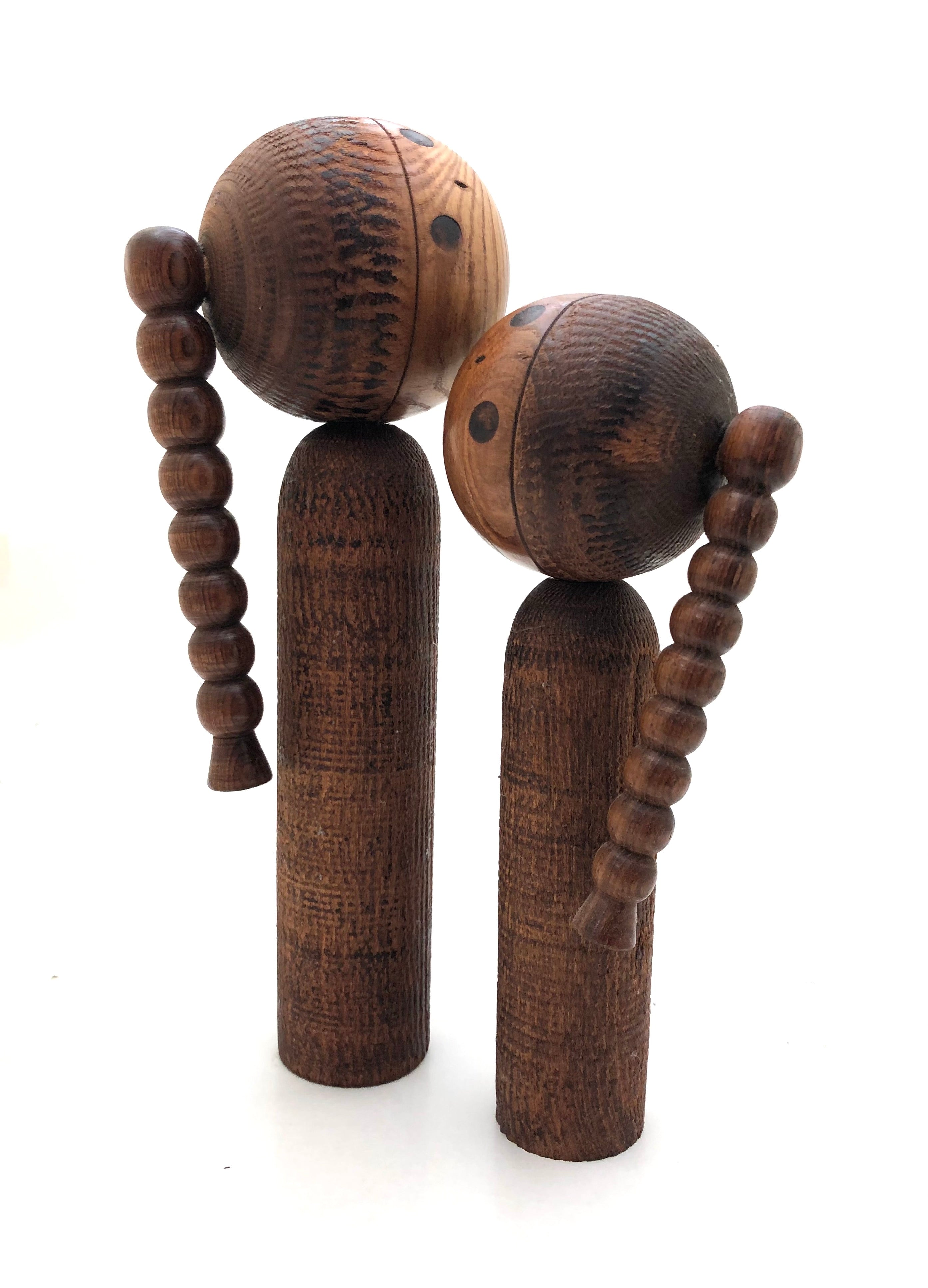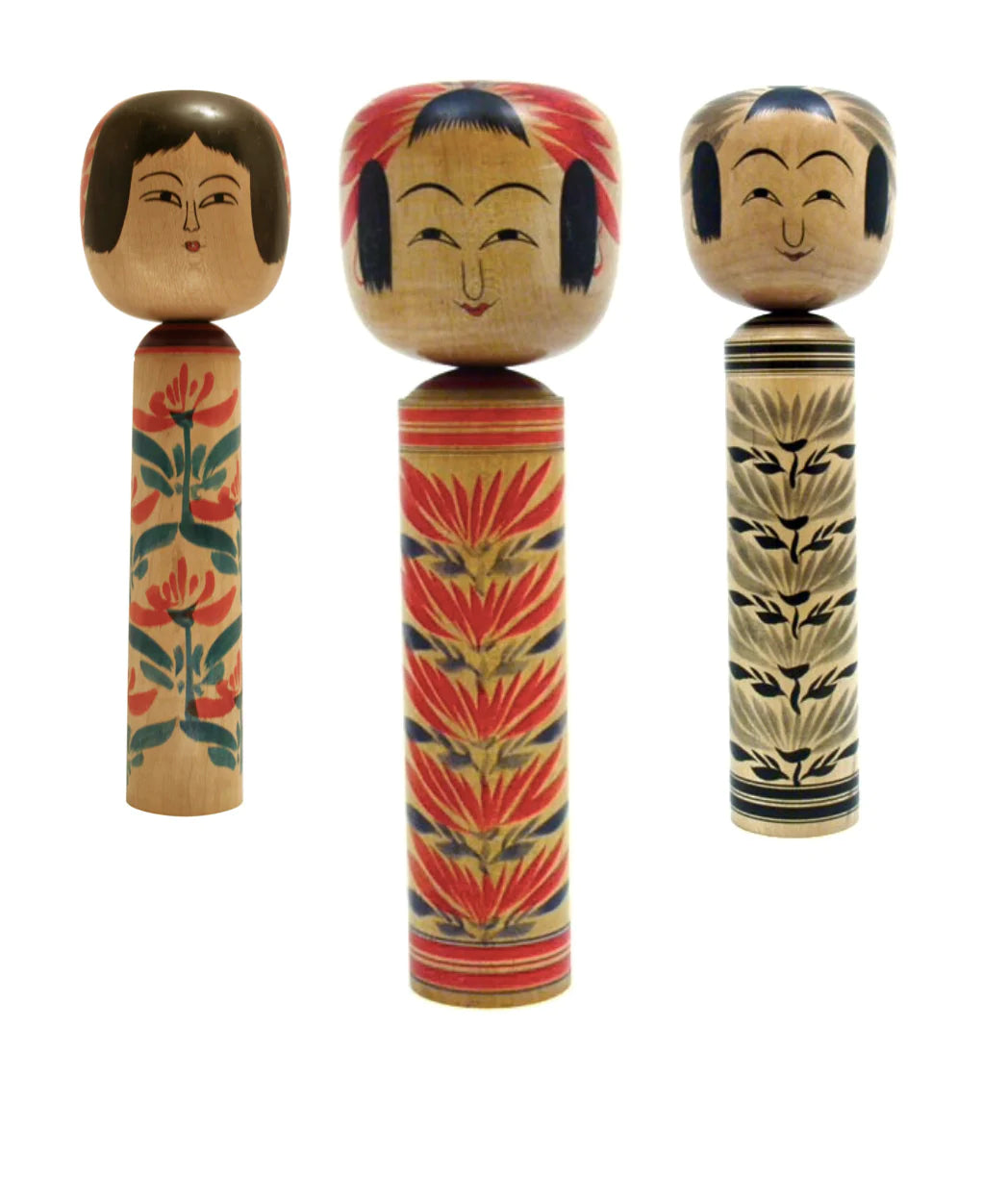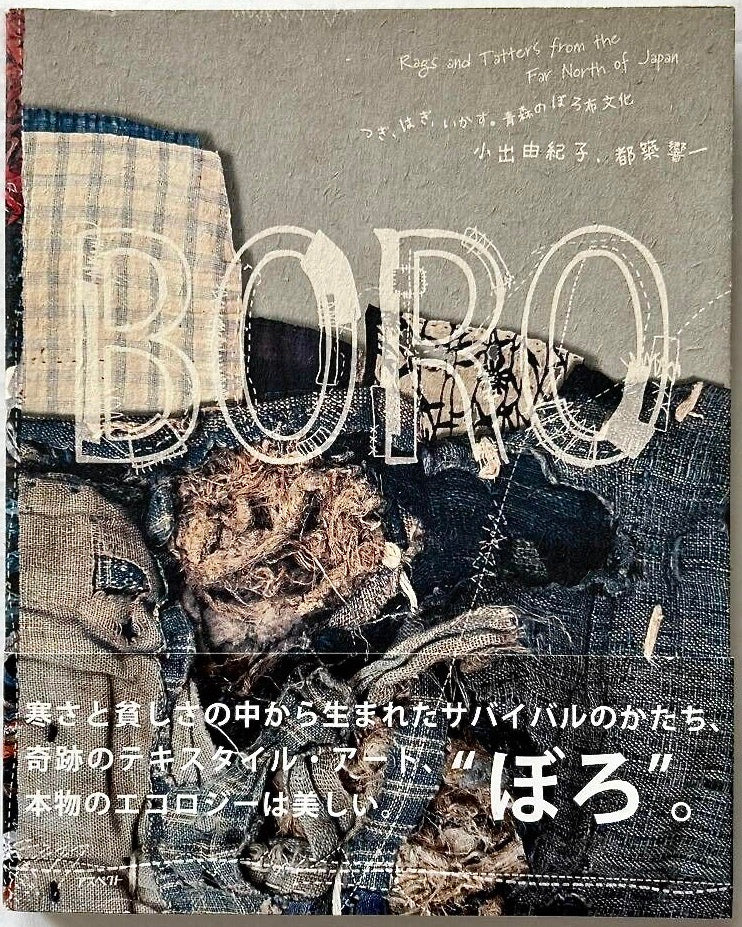
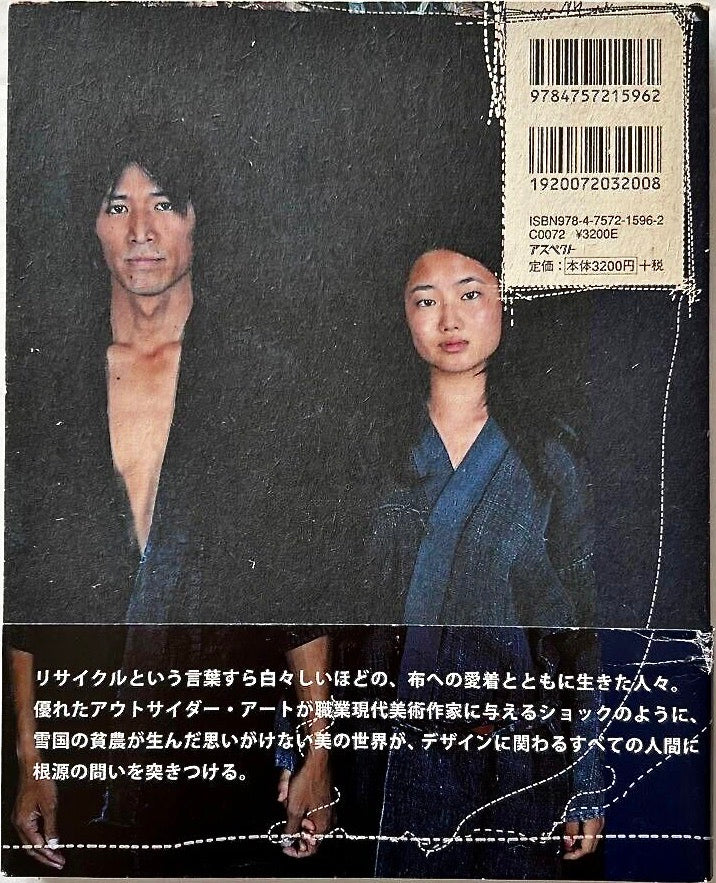
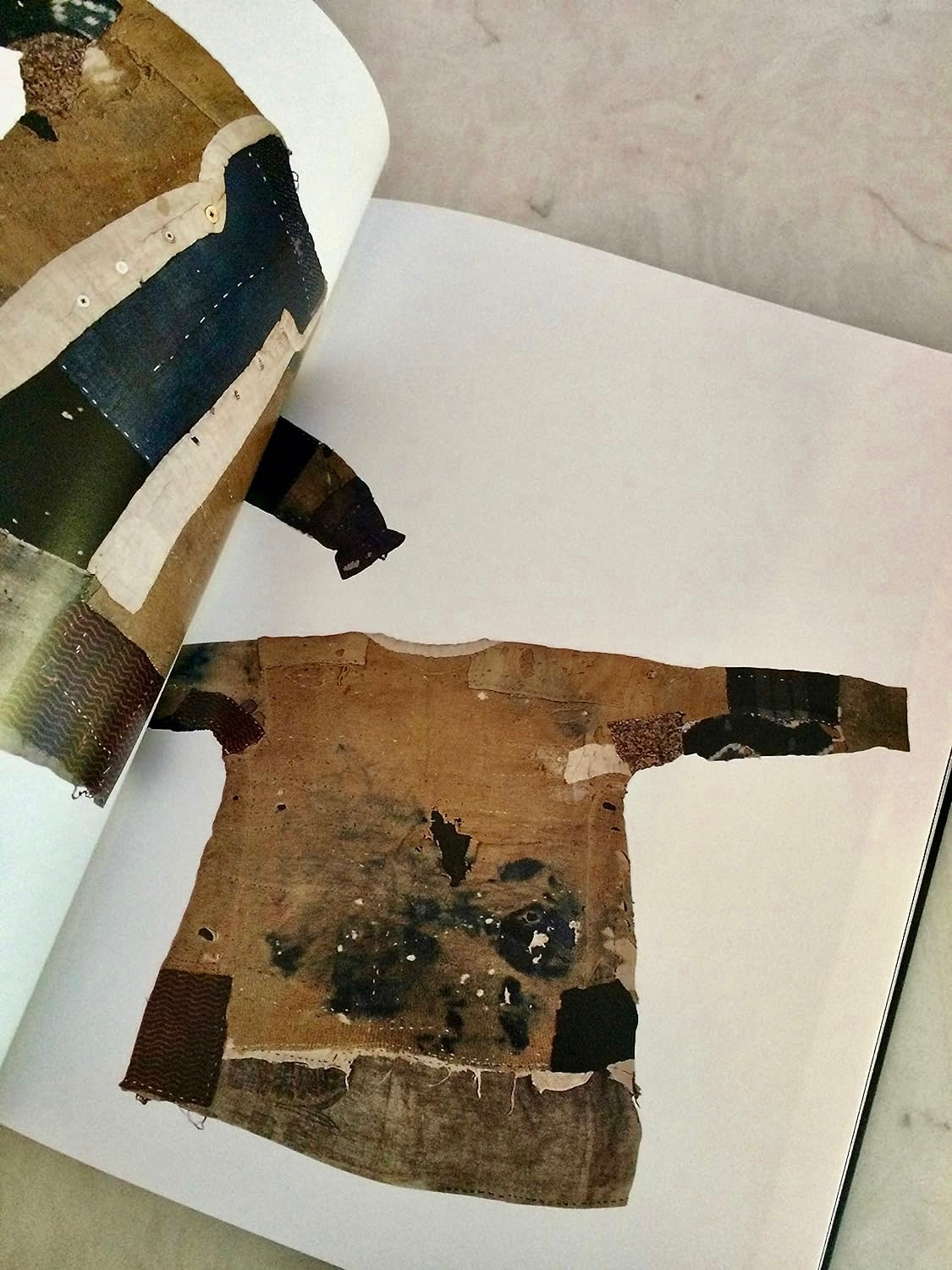
Boro - Rags and Taters from the Far North of Japan. Authors: Yukiko Koide, Kyoichi Tsuzuki
"Boro: Rags and Tatters from the Far North of Japan" by Yukiko Koide & Kyoichi Tsuzuki introduces readers to Japanese "boro" textiles, literally rags that makeup clothing and household textiles. Tohoku (snow country), and especially Aomori Prefecture was synonymous to most Japanese with dire poverty. Located on the northernmost tip of the main island of Honshu, Aomori was home to poor farmers who, out of necessity, created astonishingly beautiful textiles. This frozen north country was too cold to grow cotton, so the local folk grew and wove hemp for clothing and made everything, from diapers to futon bedding to work clothes, from scratchy hemp cloth. If a single layer of cloth wasn't warm enough, they stitched and reinforced layer upon layer, patching holes and stuffing hemp fuzz in between for whatever insulation they could get. During the same period in parts of Japan further south, people who could get cotton used and reused any scrap of it they could get. People soaked worn-out old clothes in rice-rinsing water to loosen and pull out threads, never wasting the least bit, stitching over ripped and ragged layers as thick as they could. Or they cut the cloth into thin ribbons and re-wove it into "sakiori". They braided bits of fibers into rope to be worn as headbands while doing formwork.
The beauty and composition of these pure and simple products have drawn the attention of textile and contemporary art collectors, and boro has been exhibited in New York and Milan. This book presents the collection of Chuzaburo Tanaka, who walked the farming and fishing villages of Aomori from the mid-1960s searching out boro. The collection includes thick jackets made for home or night wear, work clothes, including trousers and vests, undershirts, leggings, children's clothes, tabi (split-toe socks), mittens, diapers, and bedding. The book has very little text, but it is printed in both Japanese and English, as are the captions of the photographs. There is a good explanation of the use and history of both hemp and cotton, as well as how cloth was reused for various purposes. The book contains a brief history of Chuzabuo Tanaka. Almost every page has a beautiful color photograph, so you can see both full-length and up-close images of these wonderful folk textiles.
This un-paginated (approx. 120 pages) book measures approx. 6.75 by 8 inches. This book is brand-new, published in 2009. An earlier edition was published in Japan in 2008. If you like sashiko stitching, indigo, mingei, folk art, or Japanese textiles, you'll find this book very interesting.
Condition: New, Unused from a Collectors Library. Spine unbroken.
Return Policy
Our antique/vintage pieces are identified/described and professionally photographed, and considered, “as is”, therefore all sales are final. Read our full refund and return policy.

